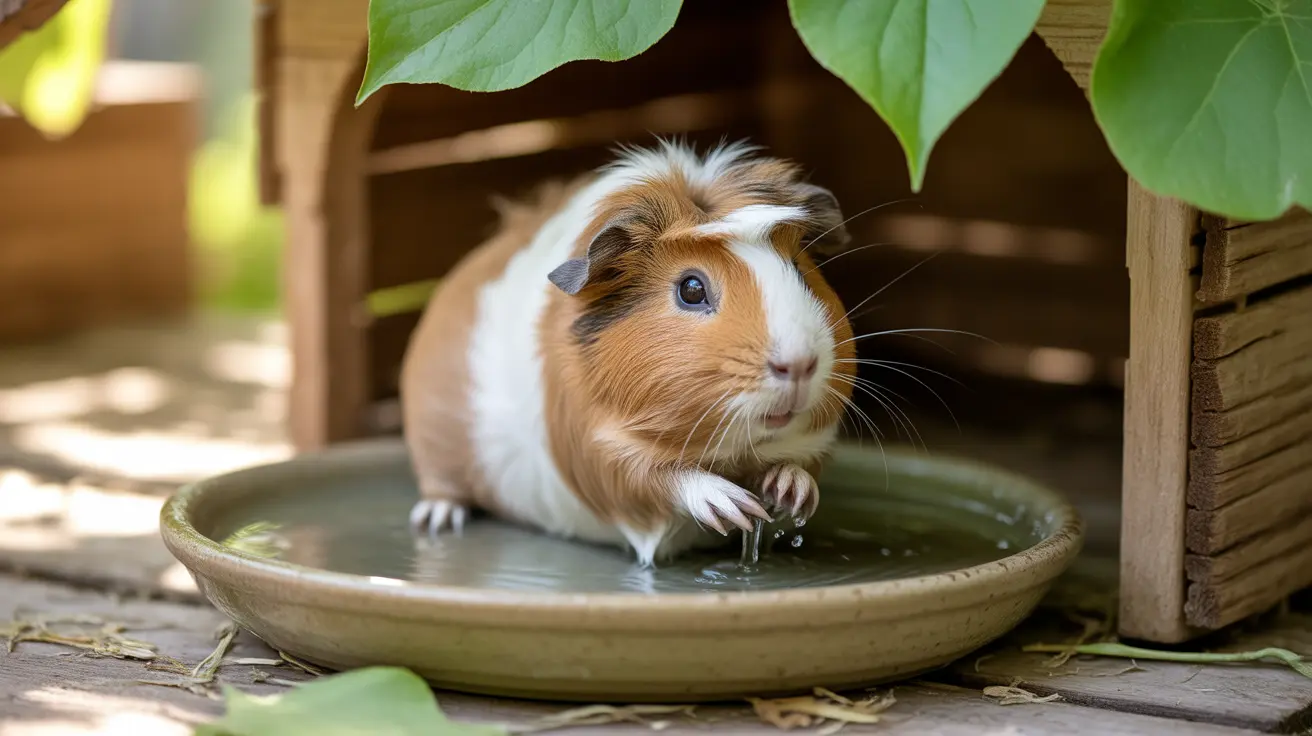How Long Does It Take for Sucralfate to Work in Pets?
Sucralfate is a commonly used gastrointestinal (GI) protectant in veterinary medicine, especially for treating and preventing ulcers in dogs and cats. Understanding how quickly it works, how to administer it properly, and what to expect can help pet owners manage their furry friends’ health effectively.
What Is Sucralfate?
Sucralfate is a medication primarily used to manage and treat ulcers in the gastrointestinal tract of pets, including ulcers of the stomach, esophagus, and small intestine. It is also administered as a preventive measure when pets are on medications like non-steroidal anti-inflammatory drugs (NSAIDs) or steroids, which may aggravate or cause ulcers.
This drug is classified as a mucosal protectant, forming a barrier over ulcerated or inflamed areas, allowing healing while preventing further irritation from stomach acid and digestive enzymes.
How Fast Does Sucralfate Work?
Sucralfate generally starts acting within 1 to 2 hours after administration. Once ingested, it reacts with stomach acid to form a viscous, paste-like substance that binds to the ulcer site. This protective layer remains effective for up to 6 hours, shielding the damaged area and promoting healing.
How Is Sucralfate Given to Pets?
- Form: Sucralfate is available in tablet and liquid suspension forms. Tablets may be crushed and mixed with water to create a slurry for easier application.
- Timing: It should be given on an empty stomach, approximately 30–60 minutes before meals.
- Drug spacing: Sucralfate can hinder absorption of other drugs, so it is best given at least two hours apart from other medications.
Common Conditions Treated
- Gastric and intestinal ulcers
- Esophageal damage due to acid reflux or esophagitis
- Severe vomiting or diarrhea, especially if blood is observed
- GI complications from NSAIDs or corticosteroids
- Post-surgical GI tissue protection
- Kidney-related phosphate binding
Expected Onset and Duration
Following ingestion, sucralfate begins to form a protective coating typically within one to two hours. This continues to safeguard the digestive tract for several hours. Consistency and timing in administering sucralfate are crucial for optimal ulcer healing and symptom relief.
Safety and Side Effects
Sucralfate is generally well tolerated by both dogs and cats. Possible side effects may include:
- Constipation - the most frequently reported side effect
- Occasional vomiting or diarrhea
- Rare allergic reactions such as swelling, rash, or breathing difficulty
Caution is advised for pets with kidney disease, diabetes, or constipation. In very rare cases, an overdose may lead to mild gastrointestinal upset, but most of the drug is not absorbed and passes through feces.
Drug Interactions
Sucralfate can bind to and reduce absorption of several drugs, including:
- Antibiotics (e.g., tetracyclines, fluoroquinolones)
- Digoxin
- Cimetidine and ranitidine
- Ketoconazole
- Phenytoin
- L-thyroxine
- Antacids containing aluminum, calcium, or magnesium
To ensure effectiveness, other medications should be administered at least two hours before or after sucralfate.
Monitoring During Treatment
Regular veterinary follow-ups may be necessary to track your pet's response to the medication. Owners should watch for signs like blood in vomit or feces and report them to their veterinarian.
Storage Information
- Store in a sealed container at room temperature between 59°F–86°F (15°C–30°C)
- Keep away from light, moisture, and heat
- Do not refrigerate or freeze liquid forms
- Dispose of unused product following veterinary or local regulatory guidelines
Final Thoughts
Sucralfate is a safe, effective, and commonly used medication for treating GI ulcers in pets. Its ability to coat ulcerated mucosa and shield it from further harm makes it highly effective, with results often noticeable within a few hours of administration. Timely dosing and careful coordination with other medications are key to maximizing its therapeutic benefit. Always follow your veterinarian’s instructions closely to ensure a swift and successful recovery for your pet.





